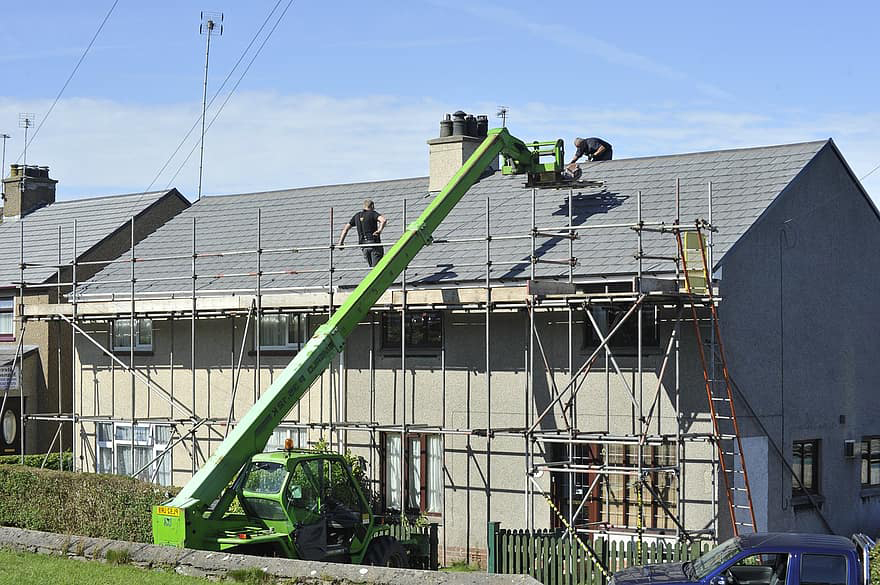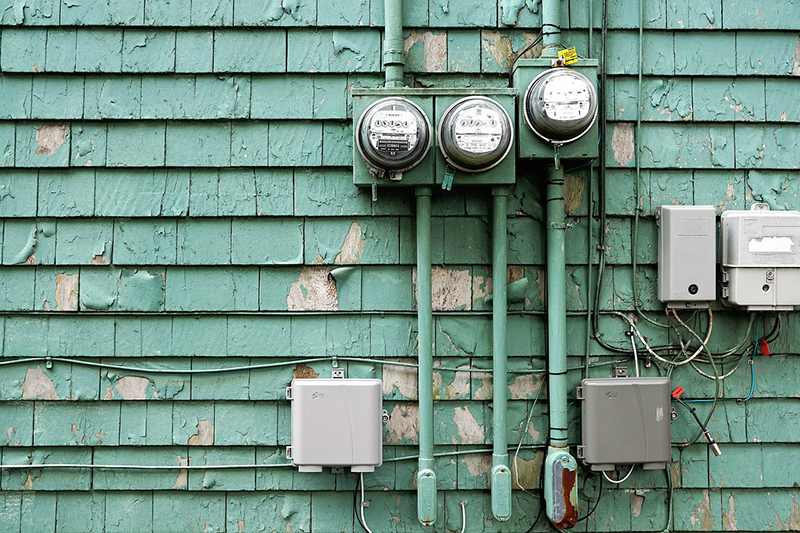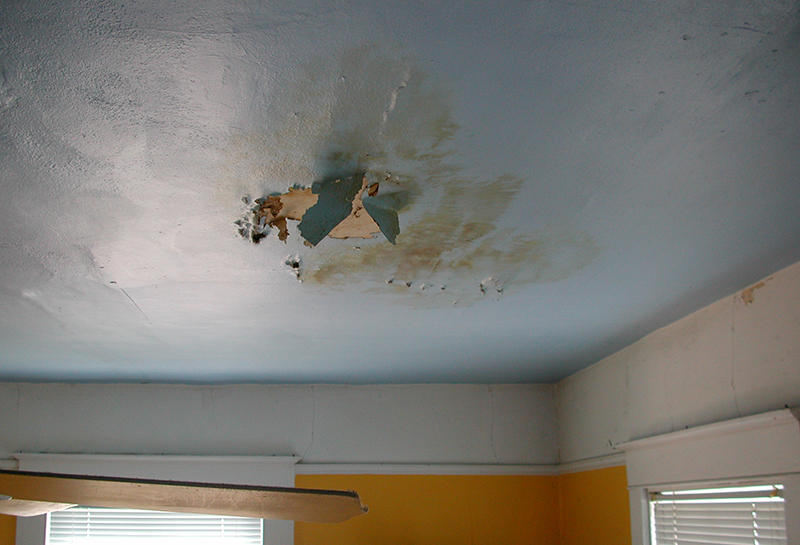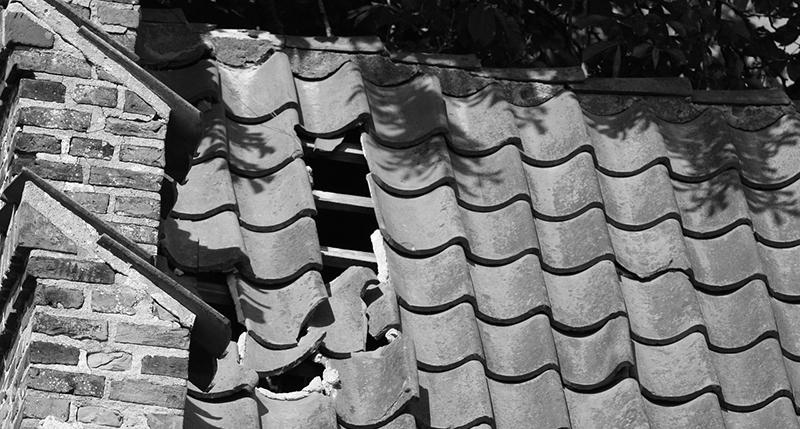Getting an offer accepted on a property is a big step to owning a home, but it’s not the end of the buying process by any means. Before closing on your new home, you have to overcome a few hurdles. One of the biggest, and potentially the most deal-threatening, is the home inspection. If a home inspection report comes back with a list of costly, hazardous issues, this is often the death knell for sealing the deal. Although many inspection issues are minor and can be easily fixed, some might make you want to rethink your purchase.
1. Structural Problems

Portions of the home that inspectors view as structural include the foundation, crawl space, slab or basement, framing, roof, and walls. Structural problems are often the result of anything from natural home settling or natural disasters to poor construction. Unfortunately fixing these issues is costly and can end up costing tens of thousands of dollars.
2. Electrical Hazards

One of the most urgent fixes is faulty systems because they can cause house fires. Older homes, for example, often don’t have enough outlets for modern life and homeowners tend to run a lot of extension cords throughout the house. This can overload an electrical system not designed to handle all of those devices and result in a fire. Another hazard is exposed wires—which means wires conjoined only with electrical tape or wire connectors. These wires are more vulnerable to damage because they aren’t properly insulated. You may find these in attics, basements, or garages where homeowners are most likely to try to fix the wiring problems themselves.
3. Water Damage

Water damage, which may occur from a flood, burst pipe, or poor drainage, can be another deal ender. It can be extremely harmful to homes because it can cause wood rot, mold growth, or even attract termites.
4. Roof Issues

Older or poorly maintained roofs show wear and tear with missing shingles and exposed nail heads, so if you notice these issues this may signal potential roof issues. If a home has a persistently leaky roof, this can lead to water damage or structural issues and all of the problems that come from those things. Many times, roof issues may be easily fixed with some replacement shingles or new flash paper, but sometimes the entire roof may need to be replaced which can cost tens of thousands of dollars that neither the buyer nor the seller had budgeted for while negotiating the contract price.
5. Dangerous Building Materials
In older homes, a home inspector may detect the presence of asbestos or lead paint. Lead paint is more likely to be found in homes built before 1978, but asbestos is most likely to be found in buildings built before 1981, especially in materials such as insulation or vinyl flooring. The process to remove lead paint is more involved and potentially hazardous than simply painting over it, but it can be quickly solved. Asbestos can be a little more difficult to remove, but if it is flooring or tiles you may be able to encase it. If it is in the insulation, however, it is a lot more hazardous and more expensive to remove.